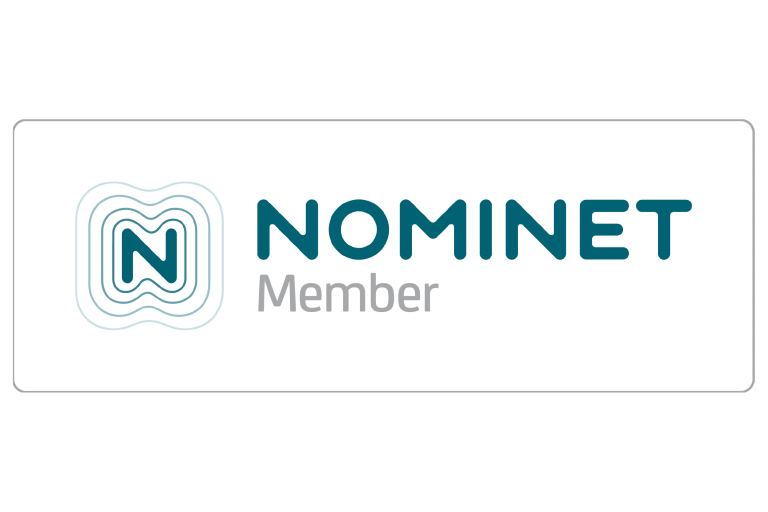Content Marketing continues to grow in popularity, however it is much more than simply creating a blog or posting to social media. Want to take your content marketing to the next level? Here are 8 things that make a powerful content marketing strategy that you might want to try.
What is a Content Marketing Strategy and why do I need one?
Let’s start out by explaining what exactly we mean by a content marketing strategy. It includes details on how you are going to create and distribute the content material for your company. Content can be anything from blog articles to social media posts, video content, infographics, podcasts, and more. Having a strategy helps ensure the business’ content is being used to its best potential. It ensures all the content is on brand, consistent, provides valuable information for your audience, and is being shown in the best places. It stops content from being created haphazardly and can help the effectiveness of other marketing channels such as SEO and social media. Without having a well thought out strategy, your content may be wasted or not seen by the right people.
8 things that make a powerful content marketing strategy
Define your audience by creating buyer personas
An important part of any content marketing strategy is ensuring you are telling a story about your company and your products to your ideal audience. If you do not know who your ideal audience is, you will not be able to write for yourself. So, your first step should be to create specific buyer personas. Once you have this, you will know which language to use as well as which types of content will resonate with them most. Learn how to build a buyer persona in our 6-step guide.
Once you have your buyer personas, start to think about your audience and what they want to read, hear or watch. Getting into the mindset of your audience will help inspire you and guide you to what you want to create.
Establish your content marketing goals
There is no point in starting to write content for the sake of it. There is so much content already out there, you need to ensure you are creating content that people will find useful and want to consume. Before you start creating anything, decide on the following:
- What do you want to gain from your content marketing? (for example, you may want to improve your SEO, grow your company’s organic marketing, etc)
- How will the audience/reader benefit from your content?
- How many resources will you need to invest to create the content you want?
- How much will your content marketing cost? What is your budget?
- What types of content do you want to produce?
Analyse historical content performance and decide on key metrics
If you have created content in the past, make sure you look at how this performed. This is a great way to know which did and didn’t work for you and what you could do differently. Always have your overall business and marketing goals at the forefront of your mind when you are analysing the performance of your historical content.
Use this time to determine which metrics you want to use to measure your new content as well. There are many metrics you can use. Here is an overview of just some of them
- User behaviour metrics (page views, average time on page, bounce rate, traffic sources)
- Engagement (likes/shares, comments, mentions)
- SEO (organic traffic, backlinks, keyword rankings)
- Revenue (conversions, cost per acquisition, ROI, new leads generated)
This is by far an exhaustive list but should help provide you with some ideas of what you should be measuring. Establishing your metrics now will help you further down the process.
Whilst you are looking at the performance of your historical content, undertake a content audit as it will help you get the most out of your existing pages and may help avoid having to redo some content from scratch. Establish which content topics seem to work well, which formats seem most engaging and which channels drove the most traffic.
Create a content calendar and list your content titles
Once you know what worked and didn’t work for you, start to think about what specific topics you want to cover. You need to cover topics that your audience is interested in. A great way to start is to think about what questions customers or potential customers frequently as you. Using your content to address these key questions not only shows you as an industry expert, but it is also great for SEO purposes if you are using keywords and phrases being are searching for online.
There are loads of topic research tools that you can use to help generate ideas. You could also call a team meeting and just brainstorm ideas. It will not take long before you have a huge list to get you started. Once you have a list of ideas, group them into topic clusters as this can help you keep your content organised.
A popular approach is using a key central term to create a long-form article (also known as a pillar) and then multiple related sub-topics in the form of standard blogs.
A content calendar is a great way to keep your content marketing strategy on track and help you allocate your resources to ensure that you can consistently create content. Using a calendar approach also means that you can create seasonal content with greater ease and make the most of key times during the year. To learn how to create a blog schedule, check out our other article.
Start creating your content
Now you have a plan, you can start developing your content. Whilst it can be tempting to solely focus on keywords or get as much content published as possible, this is not the best approach. Always consider the following when creating content:
- Focus on original content. To really grab your reader’s attention you will need content that is different from your competitors. You could try focusing on niche topics
- Always write content in a natural way. Using language that your reader understands and relates to will help your content go a long way.
- Diversify your content– you don’t solely have to write articles, you could consider quizzes, infographics, videos, ebooks, tutorials, or podcasts. Choose the best format depending on the topic. However, whilst its create to diversify ensure you have the resources available. Do not underestimate the time it takes to create great content. You don’t want to spread yourself too thin and have your content quality suffer as we result. Read more about which types of content marketing you should be using here.
Decide the best way to distribute your content
Do you have created an amazing piece of content? Unfortunately, this is not enough. You need to then decide the best method of distribution that will make the most of your content. Key distribution channels include:
- Blogs
- Social media channels
- Newsletters
- Paid advertising
- Influencer campaigns
- Guest blogs
Optimise your content for organic search
Organic search is a vital part of a great content strategy so ensure all your content is optimised for SEO is essential. To learn more, read our guide on 11 ways to optimise your blog for SEO.
Review your content regularly
Don’t forget to schedule a time to review your content on a regular basis. This will help ensure your content remains on track, that it has a consistent tone of voice and that you are creating content regularly. A lot of businesses do not analyse their content’s performance regularly and they are missing out. Use this time to measure your content marketing using the metrics you stated when first creating your content marketing. This will help ensure your strategy stays on track.
A well thought out content marketing strategy can help make your overall marketing be even more effective. It can help attract your target audience and bring in more leads. Content marketing is not a channel that brings instant results, so it is imperative that you plan your content marketing strategy for the long term.
At DBS Digital, we understand that mastering perfectly written content can be tricky. Our Content Marketing Services are designed to put your mind at ease and drive quality results. To learn more, get in touch with our team today.









